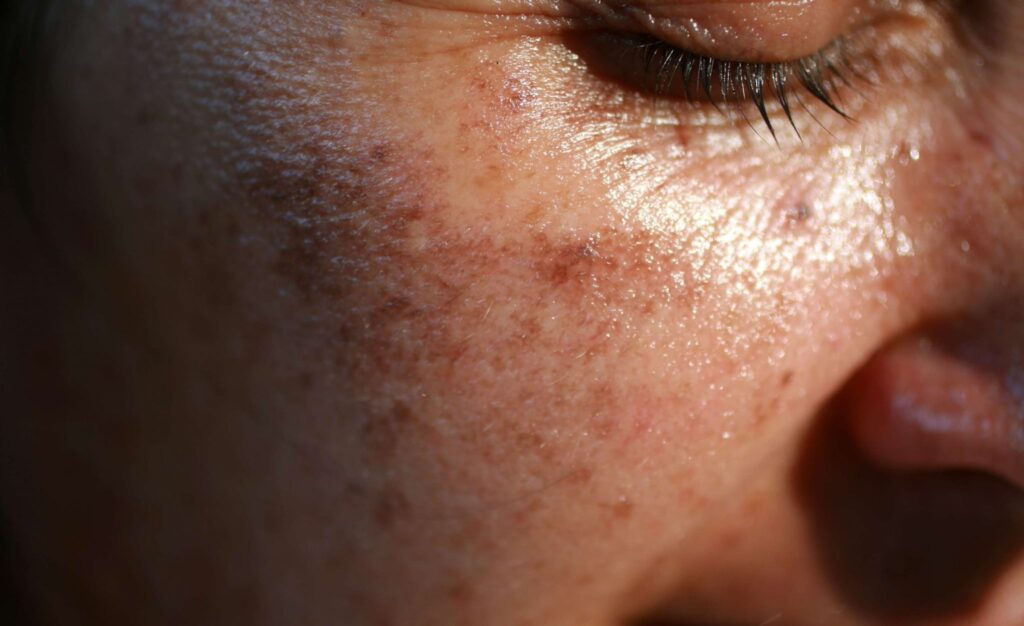Skin pigmentation can affect anyone, regardless of age or gender, and is one of the most common cosmetic concerns in Dubai’s sunny climate. Uneven skin tone, freckles, and sunspots often result from prolonged sun exposure or hormonal changes. Many residents now turn to advanced dermatological solutions to restore a balanced complexion. Pigmentation Treatment in Dubai has introduced several innovative methods, and one of the most popular and effective among them is Intense Pulsed Light (IPL) therapy. But how exactly does IPL help with pigmentation, and is it the right choice for your skin?
Understanding IPL and How It Works
Intense Pulsed Light (IPL) is a non-invasive, light-based treatment that targets pigmentation, redness, and uneven skin tone. Unlike lasers that use a single wavelength of light, IPL emits multiple wavelengths to penetrate different layers of the skin. The light energy is absorbed by melanin—the pigment responsible for dark spots—breaking it down into smaller particles. Over time, these particles are naturally eliminated by the body, revealing clearer and more evenly toned skin.
Why IPL Is Ideal for Treating Pigmentation
IPL has become a preferred choice for pigmentation treatment for several reasons:
- Non-invasive and gentle: No needles, no incisions—just light energy working beneath the skin’s surface.
- Targets multiple concerns: In addition to pigmentation, IPL improves redness, broken capillaries, and overall skin texture.
- Minimal downtime: Most patients can resume daily activities immediately after treatment.
- Natural results: IPL enhances the skin’s natural radiance without making it look over-treated or artificial.
These benefits make IPL a versatile and safe option for many individuals seeking radiant, spot-free skin.
What Types of Pigmentation Can IPL Treat?
IPL is effective for a wide range of pigmentation issues, including:
- Sunspots and age spots caused by long-term UV exposure.
- Freckles that appear naturally or after sun damage.
- Post-inflammatory hyperpigmentation (PIH) from acne or injury.
- Uneven skin tone due to hormonal changes or environmental stressors.
However, deeper pigmentation conditions such as melasma may require combination therapies, as IPL primarily targets surface-level discoloration.
The IPL Treatment Process
An IPL session typically begins with a consultation, where a dermatologist assesses your skin type and pigmentation pattern. During the treatment, a handheld IPL device is gently moved across the affected areas. The device emits short pulses of light that feel like tiny snaps on the skin—generally well-tolerated by most patients. Cooling gels are often applied to ensure comfort and minimize any potential irritation.
Each session lasts between 20 to 45 minutes, depending on the area being treated. Afterward, patients may experience mild redness or warmth, similar to a light sunburn, which subsides within a few hours.
How Many IPL Sessions Are Needed?
The number of sessions required varies depending on the depth and severity of pigmentation. Most people notice visible improvement after the first or second session, but optimal results usually require 3 to 6 sessions, spaced about 3 to 4 weeks apart. The gradual approach allows the skin to heal and renew itself naturally, revealing smoother and brighter skin over time.
Safety
IPL is considered very safe when performed by experienced dermatologists. Since the treatment targets melanin specifically, it minimizes damage to surrounding tissues. Possible side effects, such as temporary redness, mild swelling, or darkening of treated spots, typically fade within a few days. Proper pre- and post-care ensures a smooth recovery and lasting results.
Aftercare Tips for Long-Lasting Results
To maintain the benefits of IPL, dermatologists recommend following these aftercare steps:
- Apply a broad-spectrum sunscreen daily to prevent new pigmentation.
- Avoid direct sunlight for at least a week after each session.
- Use gentle skincare products and avoid harsh exfoliants.
- Keep the skin hydrated with a soothing moisturizer.
- Follow up with maintenance sessions every few months if needed.
With the right care, IPL results can last for several months, keeping the skin even-toned and luminous.
Combining IPL With Other Treatments
For deeper or more stubborn pigmentation, IPL can be combined with treatments like chemical peels or laser therapy. Topical creams containing brightening ingredients such as vitamin C or retinoids may also complement IPL, enhancing the overall outcome. Dermatologists customize these combinations based on individual skin needs to ensure safe and balanced results.
Conclusion
IPL therapy is a proven, safe, and effective solution for reducing pigmentation and restoring a more even complexion. It targets melanin precisely, breaks down dark spots, and promotes natural skin renewal without invasive procedures. Pigmentation Treatment Dubai continues to evolve, offering advanced IPL technology that delivers visible and lasting results. With consistent care, professional guidance, and protection from the sun, IPL can help you achieve clearer, smoother, and more radiant skin—helping you look and feel your best every day.






Comments